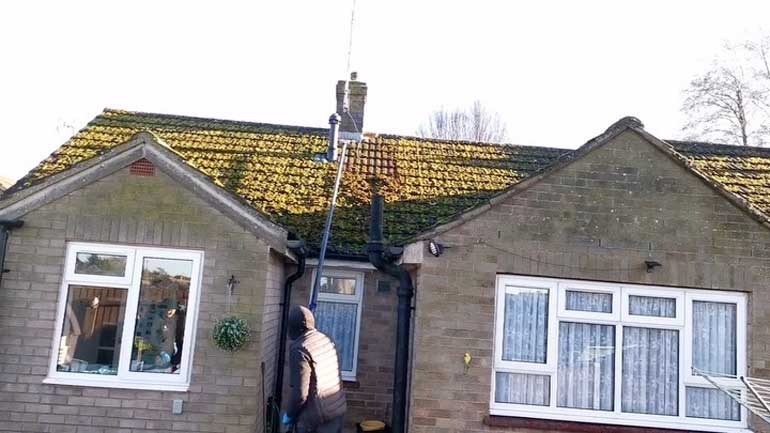
Pests and humans have been living together since ancient times. Some pests are friendly, others not. Some pests can affect your health and damage your home structure, furniture, upholstery, and other things. So you need to identify what types of pest infestations are in your home, so you can control them timely. It will keep your home things safe and your health as well.
Here is a list of common home pests:
Insects: ants, bed bugs, carpenter ants, beetles, cockroaches, earwigs, fleas, crickets, flies, moths, silverfish, spiders, termites.
Mammals: mice, rats
Other: centipedes, mites, millipedes, mosquitoes, snails, slugs, scorpions, sowbugs, ticks
The Top Reasons Why Your Home Has a Pest Problem
So what is the ways to identify the growth of pest in your home and office? What are the common signs of pest infestations?
Fixed Furniture
Fixed furniture, such as cabinets, shelves, cupboards, and closets, can provide ideal hiding places and breeding grounds for various pests. Some insects, such as powderpost beetles, termites, and carpenter ants, can damage wooden furniture by chewing through the wood and creating holes or tunnels. Other pests, such as fleas, bed bugs, and dust mites, can infest furniture by feeding on human or animal blood, hair, or skin. To prevent pest infestations, it is advisable to inspect and treat the furniture regularly, seal any cracks or gaps, and avoid bringing infested wood or fabric into the house.
Clutter
Pests love clutter as it provides them with hiding spots and nesting areas. Old newspapers, cardboard boxes, junk, and unused items create ideal conditions for pests to multiply. Regularly decluttering and organizing your living space can help reduce the risk of infestations.
Neglecting home cleaning
Not cleaning your home regularly can create an ideal environment for pests to thrive and multiply. Pests such as cockroaches, mice, ants, and bed bugs are attracted to food crumbs, water sources, and cluttered spaces that provide them with shelter and nourishment. If you leave your dishes unwashed, your trash unsealed, your floors and counters dirty, or your clothes and bedding unwashed, you are inviting pests to infest your home. To prevent pest infestations, you should adopt a regular cleaning routine that includes vacuuming, wiping, mopping, and disposing of waste properly. By keeping your home clean and tidy, you can deter pests from making it their home. Neglecting home cleaning, especially the use of pigeon pest control products can lead to an unsanitary environment and potential health hazards.
Food Sources
Another primary reason pests grow in homes is the availability of food. Crumbs, spills, and improperly stored food items attract pests like ants, rodents, and cockroaches. Regularly cleaning up and storing food in airtight containers can help minimize this risk.
Moisture
Pests, especially mosquitoes and certain types of flies, thrive in standing water. Clogged drains, leaky faucets, or even stagnant water in trays under potted plants can create a welcoming environment for these pests. Fixing leaks and ensuring proper drainage can eliminate this attraction.
Seasonal Changes
Seasonal changes and weather changes are two factors that can affect the occurrence and severity of pest infestations. Some pests thrive in warmer and wetter conditions, while others prefer cooler and drier environments. You may see more pests in the summer season than in winter.
Aging homes
Aging homes are more vulnerable to pest infestations than newer ones. This is because older homes tend to have more gaps, cracks, and holes in the wood, insulation, sealing, and weatherproofing. These openings allow pests such as termites, rodents, ants, and cockroaches to enter and nest inside the home. Pests can also damage the furniture, plumbing, and structure of the old home.
These are some most common causes of pest infestations. Now you know the reason for growing pests in your home that will help to prevent your home from pests.




